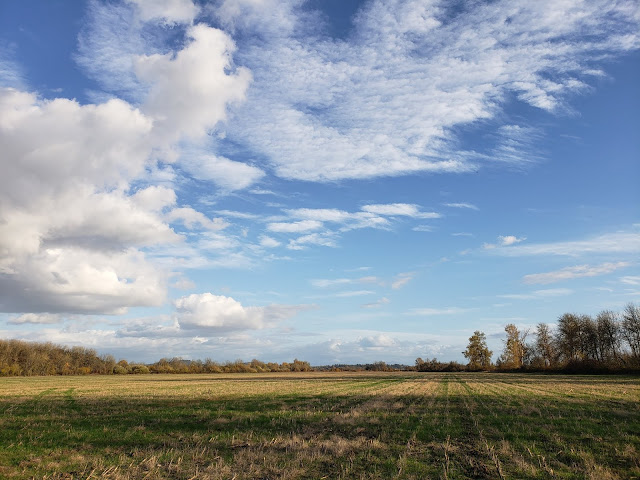Conserve Energy and Water: Think Twice Before Uploading to the Cloud

Did you know that 2% [ 1 ] of the total energy consumed in the U.S. is by data centers? That’s right! In 2014 that equated to 70 billion kilowatt-hours of electricity, which equals the same amount of energy used that year by 6.4 million American homes. [ 2 ] The expectation is that energy use will continue to raise at a rate of 4% per year between now and 2020. [ 3 ] That means by 2020 data centers will use 73 billion kWh . That is why before you upload that cute picture of your cat to Facebook or upload your photo album to “the cloud”, you should think twice about the importance of sharing and preserving your photographs compared to the vast quantity of resources used to preserve your memories. Do you know how much water is used by data centers? On average, for every kilowatt hour , a data center uses 1.8 liters of water , which in 2014 equaled 626 billion liters of water. [ 4 ] Most of the water used by data centers is from the generation of...
